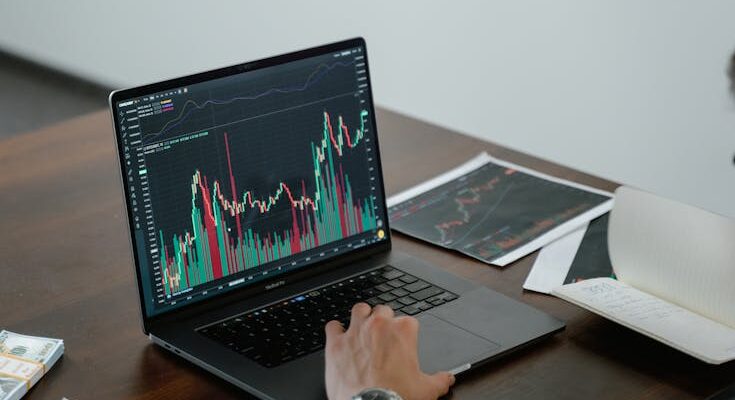Understanding the performance of your digital assets through digital asset analytics monitoring is crucial for any internet marketing strategy. By analyzing data, marketers can make informed decisions to optimize their online presence and improve user engagement.
Importance of Digital Asset Analytics Monitoring
Digital assets are any form of content that you create and distribute online. They include videos, images, web pages, and any other form of media that contributes to your brand’s online portfolio. To ensure that these assets are performing well and engaging your target audience, it is essential to monitor their analytics. This involves tracking metrics such as views, likes, shares, and the overall reach of your content.
By keeping a close eye on these metrics, businesses can gain insights into what content is resonating with their audience and what is not. This data can then be used to refine marketing strategies, leading to improved performance and a higher return on investment (ROI).
Setting Up Your Analytics Platform
Before diving into analytics, it’s necessary to set up an appropriate analytics platform. Google Analytics is a common starting point for many marketers, offering a comprehensive suite of tools for tracking website and digital asset performance. However, it’s important to integrate other tools that can provide deeper insights into specific types of digital assets, like video or social media analytics tools.
Ensure that your analytics platform is correctly configured to track the KPIs that are most relevant to your goals. This might include conversion rates, time spent on page, or click-through rates for various digital assets.
Key Metrics to Monitor in Digital Assets
When monitoring digital assets, several key metrics should be at the forefront:
Engagement: This includes likes, comments, and shares. High engagement rates typically indicate that content is resonating with your audience.
Traffic Sources: Understanding where your visitors are coming from can help you identify successful channels and focus your efforts accordingly.
Bounce Rate: The percentage of visitors who navigate away from your site after viewing only one page can indicate the relevance and quality of your content.
Other important metrics to consider are conversion rates, which measure how effectively your digital assets lead to desired actions, and load time, as faster loading speeds can improve user experience and SEO rankings.
Utilizing Analytics for Better Content Strategy
The insights gained from analytics monitoring can be transformative for your content strategy. By identifying the types of content that generate the most engagement and conversions, you can tailor future content to better meet the interests and needs of your audience.
For instance, if analytics reveal that video content has a higher engagement rate than written content, it would be wise to invest more in video production. Conversely, if certain topics or styles of content perform poorly, they can be adjusted or discontinued.
Adapting to User Behavior
Digital asset analytics monitoring also allows for real-time adaptation to user behavior. By observing how users interact with your content, you can make immediate changes to improve their experience. This might include simplifying navigation on a web page or providing more direct calls-to-action (CTAs).
These adjustments can lead to improved user satisfaction and higher conversion rates, ultimately contributing to the success of your internet marketing efforts.
Challenges in Digital Asset Analytics Monitoring
While monitoring analytics is essential, it does come with challenges. The sheer volume of data can be overwhelming, and interpreting it correctly is crucial. Additionally, privacy regulations like GDPR can limit the scope of data collection, making it harder to track user behavior.
To overcome these challenges, prioritize the most important metrics for your goals, and stay informed about privacy laws to ensure compliance.
Conclusion: Harnessing Analytics for Digital Asset Optimization
In conclusion, digital asset analytics monitoring offers a path to better understand and serve your target audience, optimize your content, and improve the overall effectiveness of your internet marketing initiatives. By embracing this data-driven approach, you can ensure that your digital assets are contributing positively to your brand’s success.



